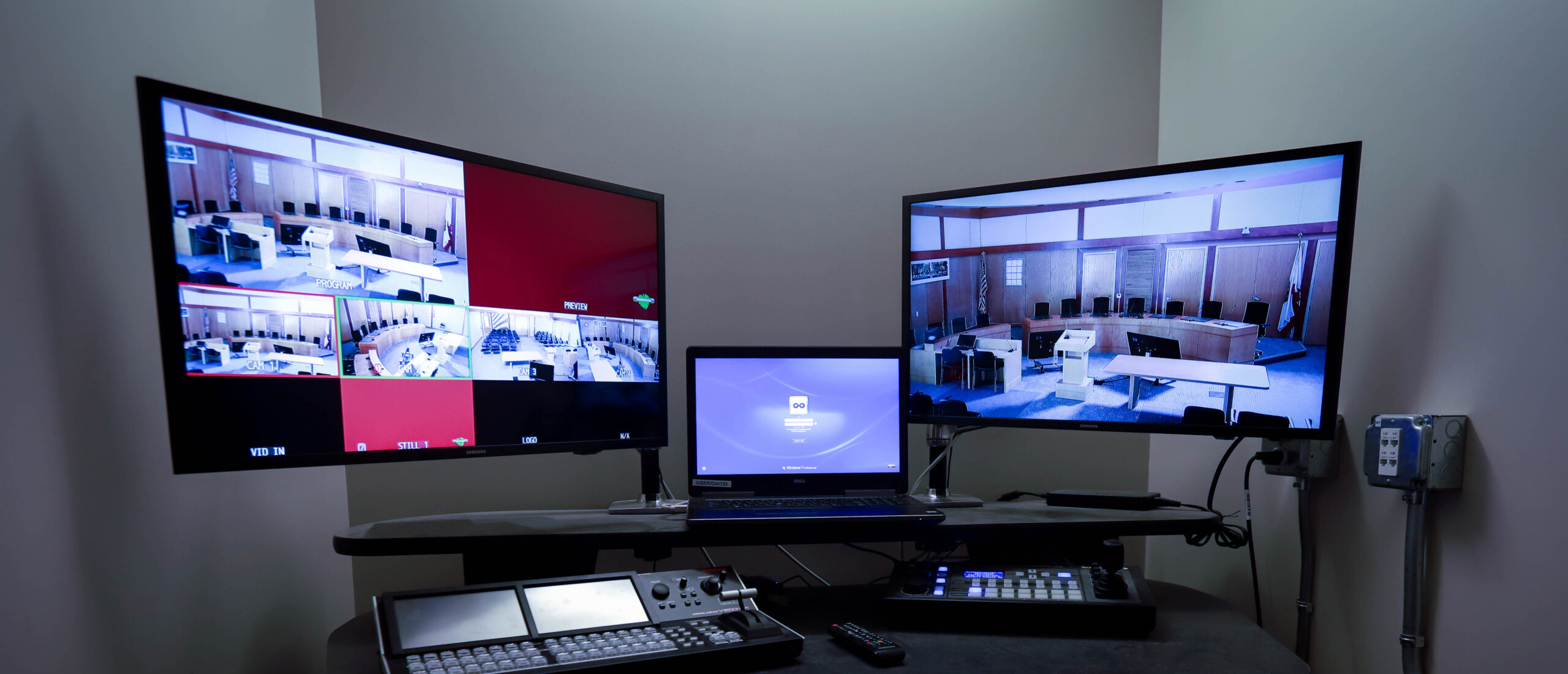Understand How Professionals Select the Perfect Surveillance System to Fulfill Your Safety Requirements
When it pertains to guaranteeing protection and safeguarding, choosing the right CCTV system is essential. CCTV television (CCTV) setups are commonly utilized for monitoring in different environments, such as homes, businesses, and public spaces. These setups help observe actions, discourage criminal activity, and offer important proof in the event of occurrences. Understanding the various elements and characteristics of CCTV systems can aid individuals and entities make informed decisions that best meet their security requirements.One of the first considerations when choosing a CCTV system is the type of surveillance devices required. There are several types of devices on the market, such as bulb cameras, bullet cameras, and PTZ (pan-tilt-zoom) devices. Bulb devices are often employed for indoor monitoring due to their discreet appearance, while bullet cameras are more noticeable and are typically used externally. PTZ cameras offer the ability to magnify in on particular locations and can be operated from a distance. Assessing the particular surroundings and the areas that need monitoring will help determine which kind of device is most suitable.
Another crucial factor to consider is the clarity of the devices. Increased resolution devices offer clearer pictures, which can be critical for recognizing individuals or features in a scene. Typical clarities consist of basic resolution (SD), elevated definition (HD), and superior definition (UHD). While higher clarity devices may arrive at a higher price, they can considerably improve the effectiveness of a monitoring system. It is also important to consider the illumination conditions in the area being monitored, as some additional reading cameras are better suited to manage low-light situations than others.
Storage choices are also a key aspect of CCTV systems. Footage recordings can consume up a substantial amount of space, so it is essential to select a system with adequate storage capacity. Many systems offer online storage, which allows for remote retrieval to recordings and can offer extra security in case of burglary or damage to the tangible storage. Alternatively, local options, such as electronic footage recorders (DVRs) or internet footage devices (NVRs), can be used. Understanding the storage requirements based on the number of cameras and the required holding period for recordings is crucial for effective monitoring.
Lastly, the installation and maintenance of the CCTV setup should not be ignored. Expert setup can guarantee that devices are placed in ideal spots for maximum coverage. Additionally, routine maintenance is essential to keep the system functioning properly. This entails inspecting device angles, cleaning lenses, and ensuring that software is current. Some setups also provide remote monitoring features, enabling operators to view real-time recordings from their smartphones or laptops. This feature can provide peace of mind and improve the general effectiveness of the safeguarding setup.

In summary, choosing the perfect CCTV setup requires careful consideration of various factors, such as device kinds, resolution, capacity options, and installation. By understanding these components, people and entities can select a system that effectively meets their safeguarding needs. A thoughtfully designed CCTV system not only helps discourage criminal activity but also provides important proof when necessary, making it an essential expenditure for protection and safeguarding.